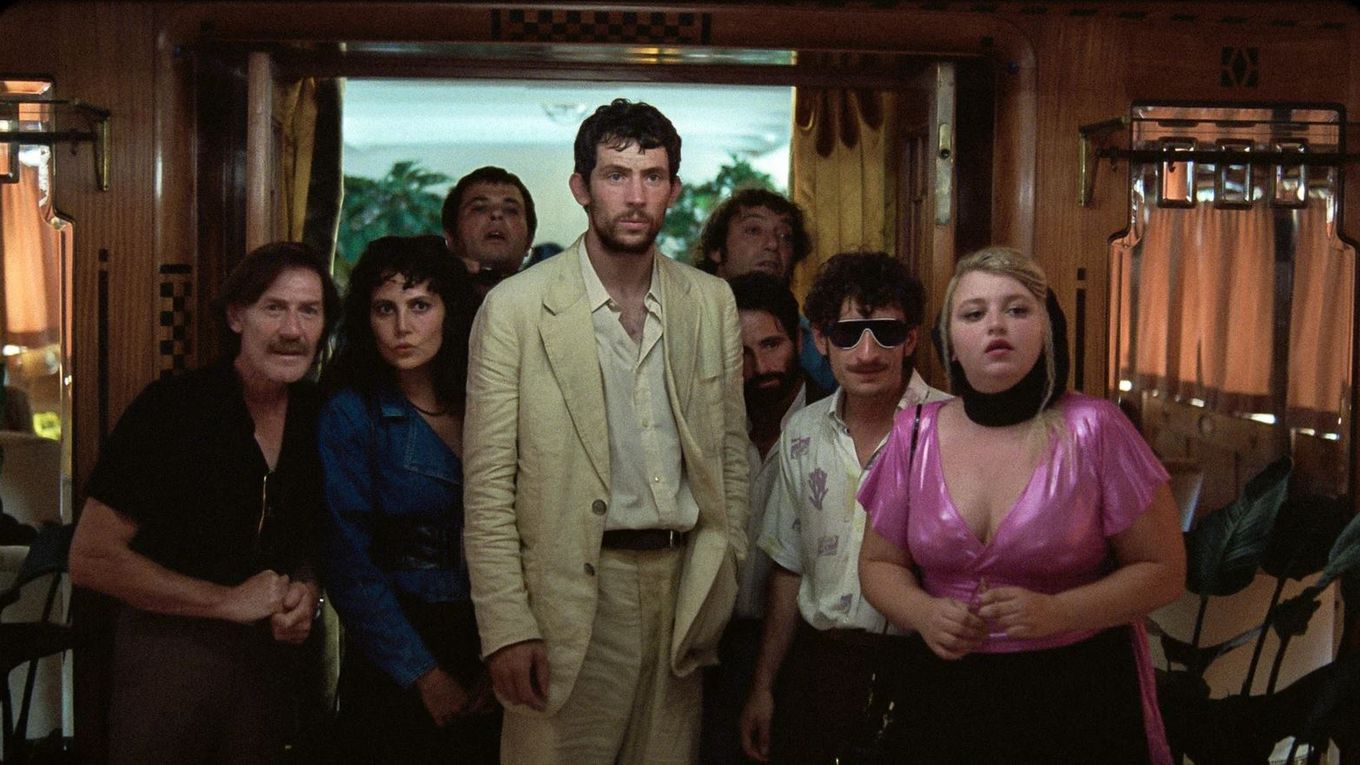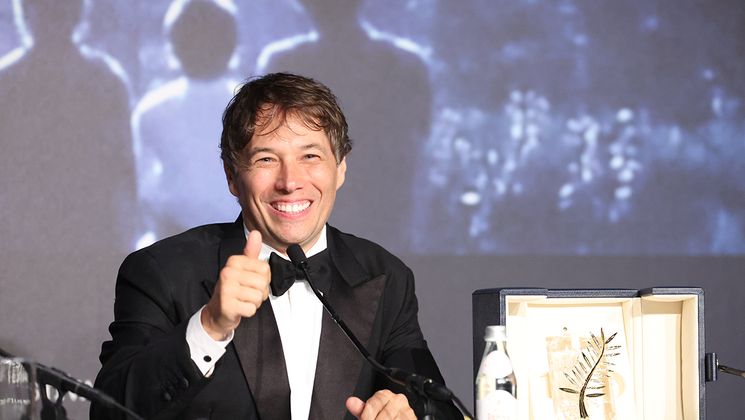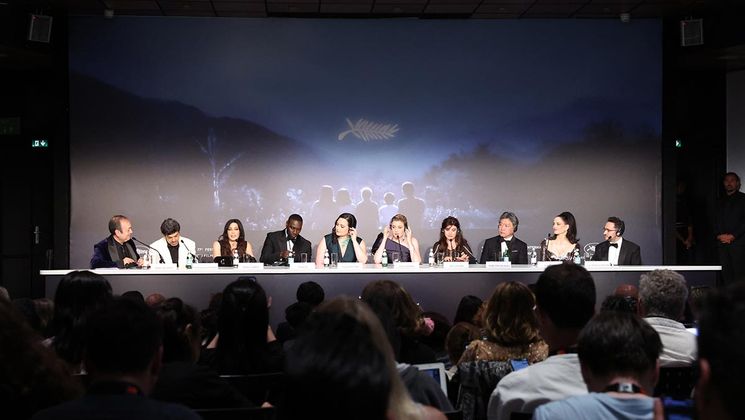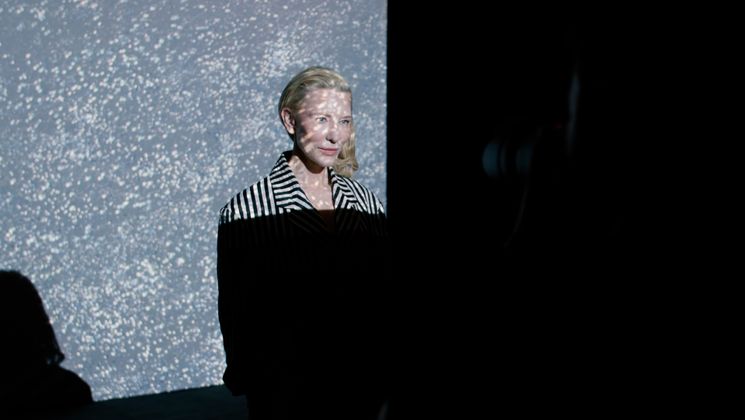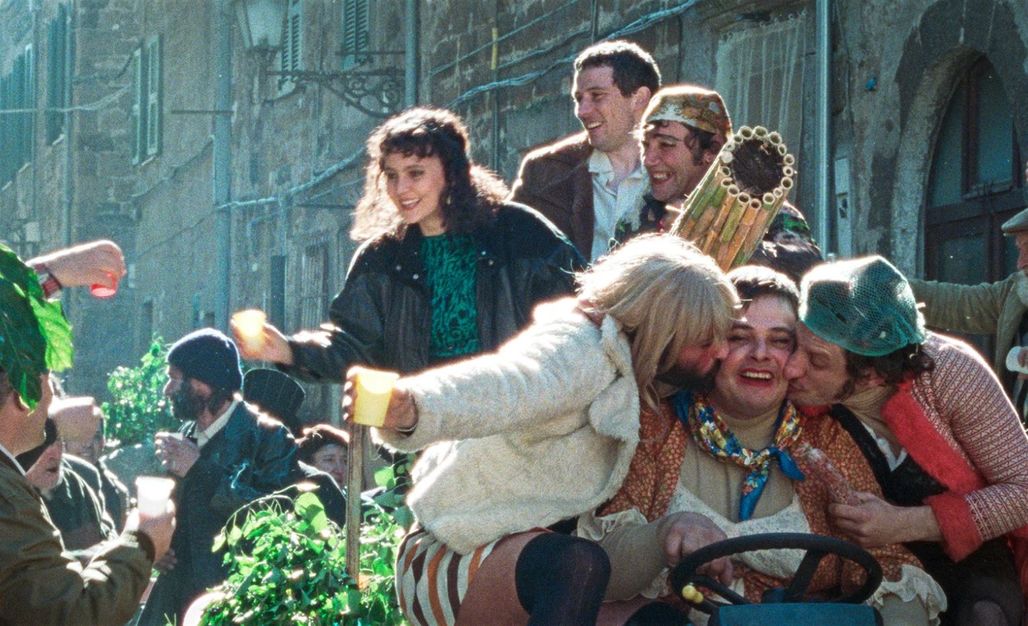
La Chimera by Alice Rohrwacher, the Cannes interview

Following on from The Wonders (Grand Prix, 2014) and Happy as Lazzaro (Best Screenplay Award, 2018), Alice Rohrwacher continues her reflection on the past and identity with La Chimera , unveiled in Competition last May. In it, she looks at the secrets we leave behind and the dreams we pursue, through the story of a gang of Etruscan tomb robbers. Among them is Arthur, played by Josh O’Connor, who is haunted by his lost love and has the power to feel the void beneath his feet… Spearheading the revival of Italian cinema, the director answers our questions about this powerful modern tale, in cinemas from December 6.
What is the starting point for this story?
In Etruria — the Italian region where I live — history has always been awash with archaeological discoveries. In the eighties and nineties, you only had to stop off for a coffee to hear tales of somebody who, upon digging by night, had stumbled across painted vases, jewellery, fragments of ancient statues… Very often, these findings were tombs. I see them as treasure troves that form a bridge between the past and death. The awareness that these vestiges were symbols of past lives that had once been fed into my childhood and shaped my perspective. It meant my personal history was part of a wider collective one.
This collective aspect is central in La Chimera…
It was important to me that I show a time when the emphasis was placed on the power of individualism, and so I focused on the things that age, but also on the urges of a generation that feels different and is seeking to break away from the past. I wondered at what point an item stops being sacred for a generation, becoming instead a simple vestige of past time.
Once again, you have a foreigner at the centre of your film. Why is that?
I believe it’s always important to find a perspective that leads us away from our everyday vision of things. This time, I really wanted the protagonist to be a rootless man. What he seeks is precisely a sense of belonging to a place, a feeling of love.
“To me, tombs are treasure troves that form a bridge between the past and death.“
The ‘modern-day fairy-tale’ aspect always weighs heavily in your films, and La Chimera is no exception…
In an age where we’re drowning in narrative — from the thousands of TV series to supermarket food labels — I like to think of other ways to tell stories. I also like playing on the idea of an identity forced onto the protagonist. It’s important to be able to identify with others, but it’s also very good to look at people with some distance, with perspective. I wanted to remind viewers that rather than just get lost in the story, you have to consider it further.
Your Director of Photography is Hélène Louvart again. How did you imagine the film from an aesthetic perspective?
We worked with three different types of film: 35 mm, which lends itself well to frescoes, iconography, the illustrated cover pages you find in fairy-tale books; Super 16 mm, which offers narrative density and an unparalleled ability to capture the bigger picture, plunging us right into the heart of the action as if by magic; and 16 mm, used with a small workaday camera, like pencil scribbles made in the margins. So we tried to interweave very different threads, like an oriental carpet, playing around with the texture of the film: slowing down, speeding up, lilting, freeze-framing the image, pausing and listening.
